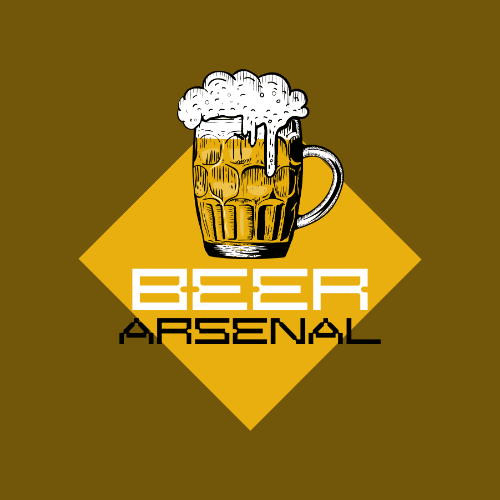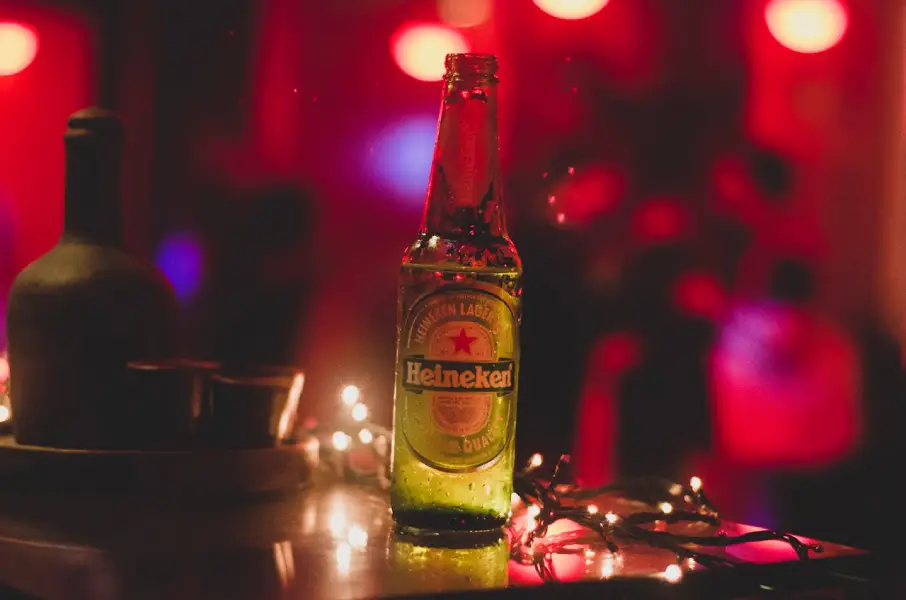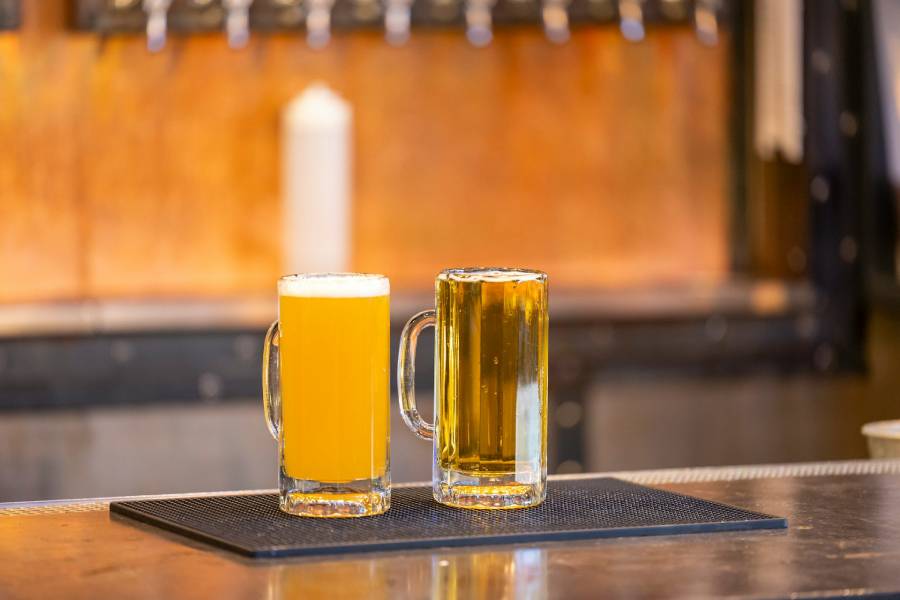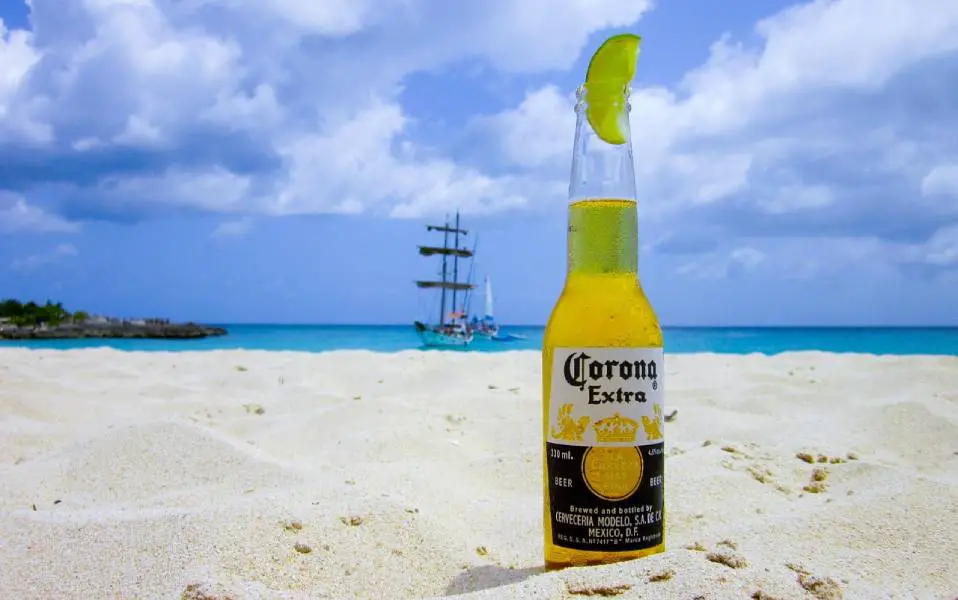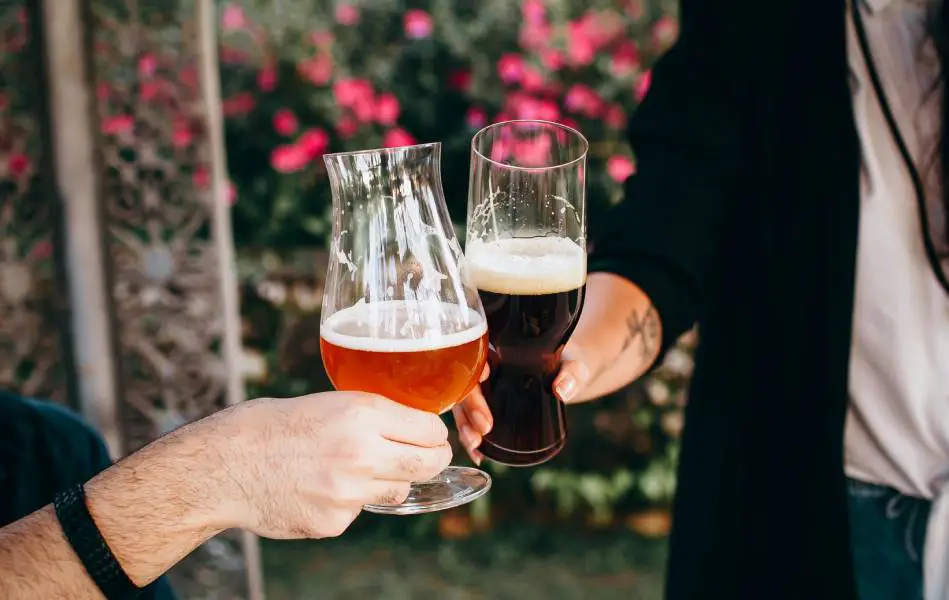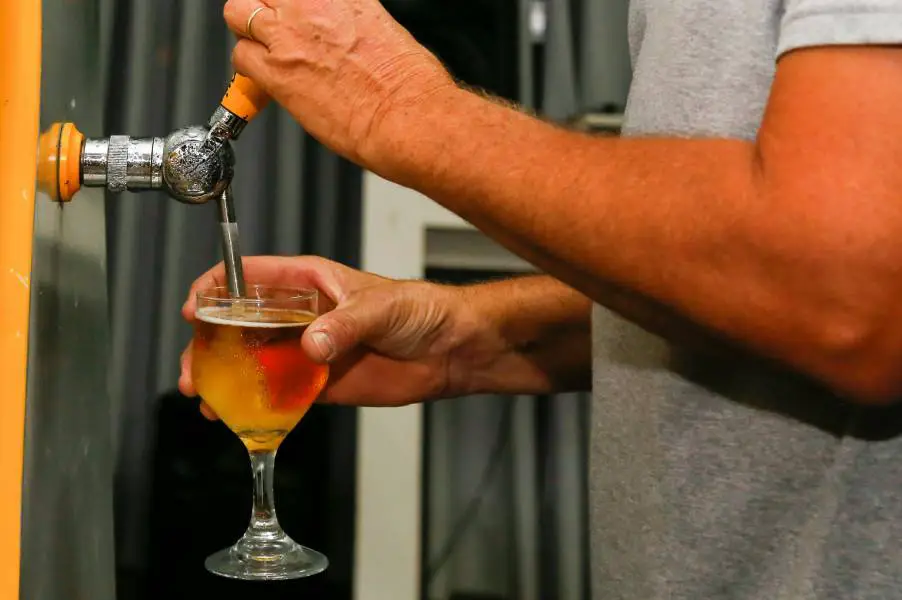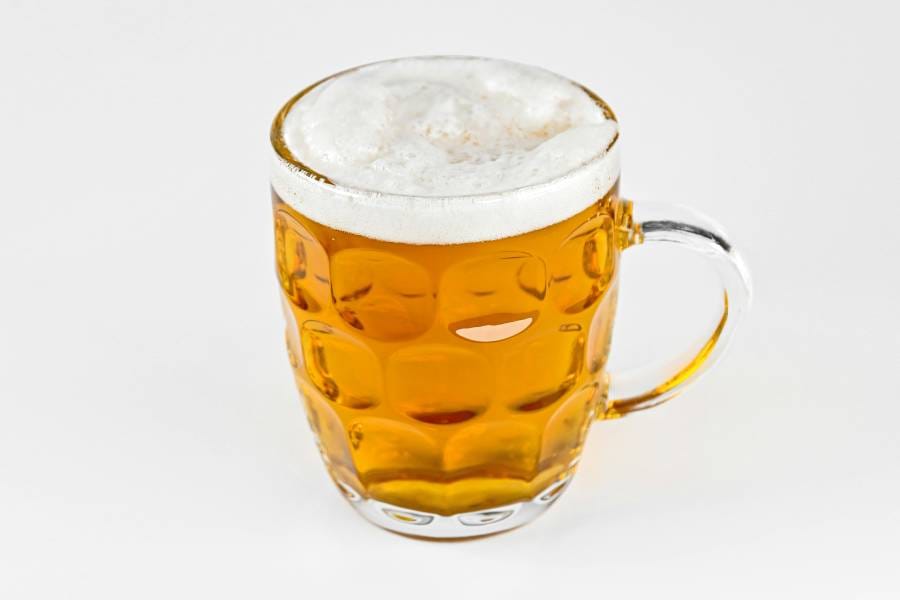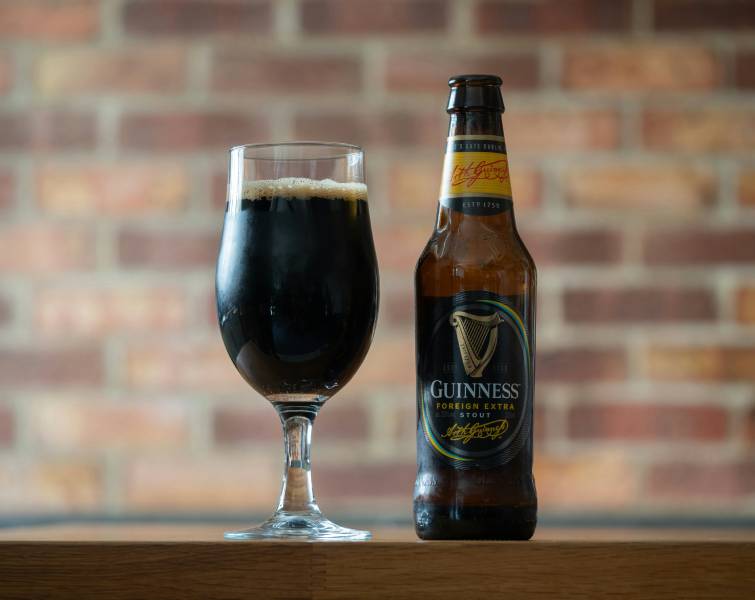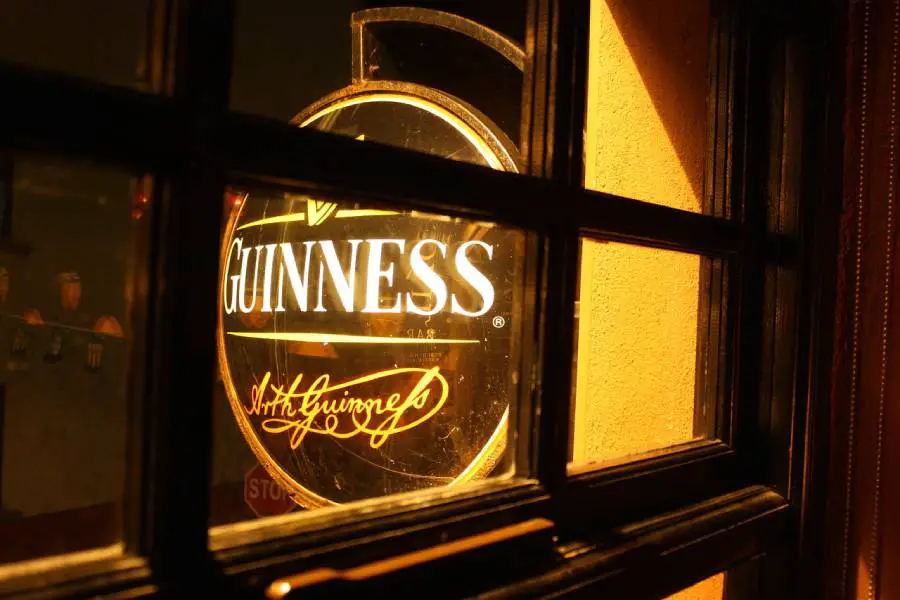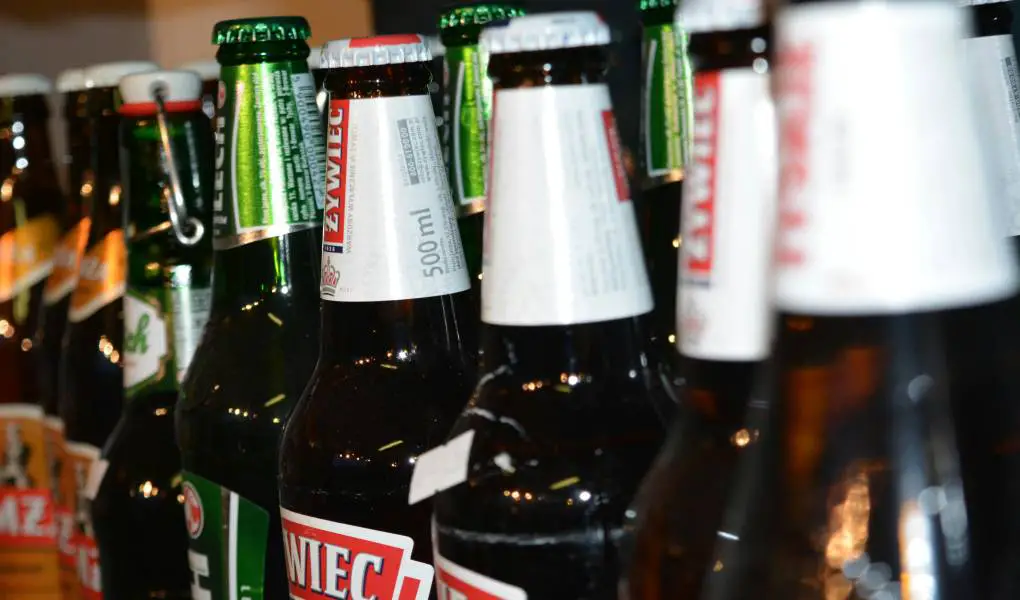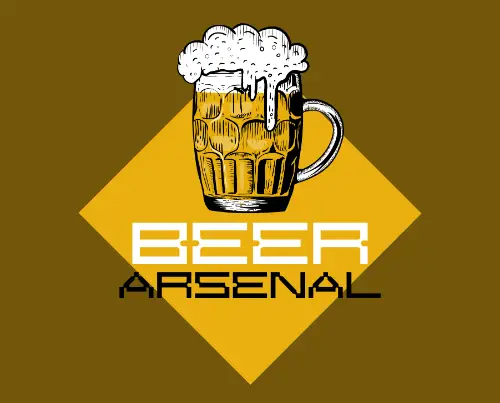Flat beer is a common disappointment for beer lovers, whether it happens during a party or relaxing at home. It can occur due to improper storage, handling, or other factors. Understanding how to rescue flat beer quickly can save the moment. This guide offers practical solutions to revive your beverage.
What is Flat Beer?
Flat beer refers to beer that has lost its carbonation, making it taste dull and lifeless. This often happens due to exposure to air, improper sealing, or storage issues. Without carbonation, the beer loses its refreshing fizziness and flavor balance. Identifying the symptoms is key to resolving the issue.
The first sign of flat beer is a lack of bubbles rising to the surface. Fresh beer typically has visible carbonation and a satisfying foam head. If the foam disappears quickly, it indicates a problem. Additionally, beer that has gone flat often tastes stale or bland. It also misses the crispness you always enjoy.
The beer can also feel heavier and less lively on the palate. Its texture changes to leave a dense or syrupy sensation. This experience detracts from the overall enjoyment, making it important to address the problem immediately.
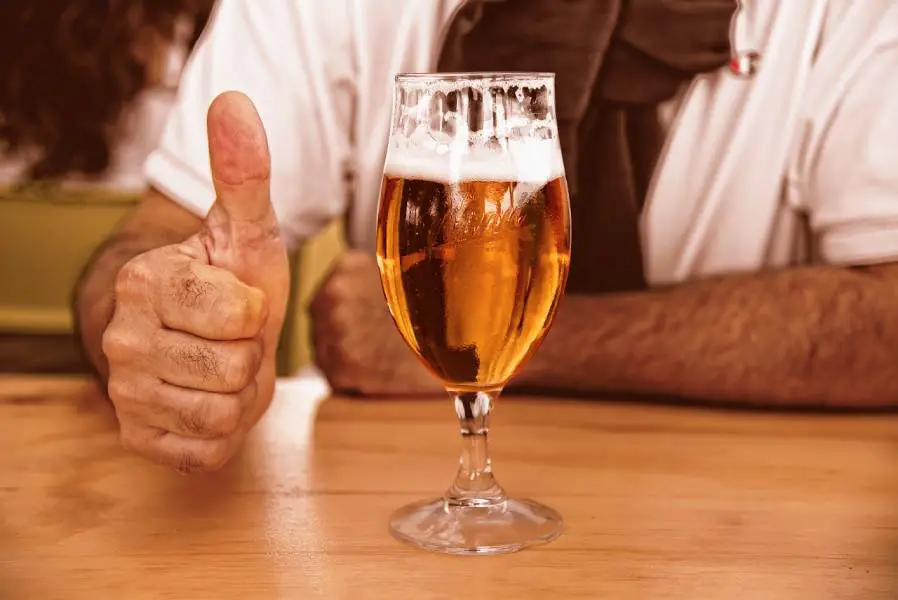
Quick Fixes to Rescue Flat Beer Instantly
Beer that has gone flat doesn’t have to be a lost cause. With a few simple tricks, you can restore its carbonation and enjoy it as intended. Below are nine effective methods to restore your beer.
Add a Pinch of Sugar
Adding sugar to a beer that has gone flat can help reintroduce carbonation. The sugar interacts with the remaining yeast to produce carbon dioxide. This method works best for homebrews or unfiltered beer. Allow your beer to sit briefly after adding sugar for the bubbles to develop.
A small amount of sugar, such as a pinch, is enough to reactivate the carbonation. Overdoing it can alter the flavor or cause excessive foaming. Be cautious and stir gently to avoid making the beer overly sweet.
Use a Soda Stream
A soda stream device can quickly re-carbonate your beer. This tool injects carbon dioxide directly into the liquid, creating instant fizz. Attach the soda stream to the bottle and press the button for a few seconds.
Avoid over-carbonating beer, as it may overflow or become too foamy. This method works well for small batches and is ideal for anyone who enjoys experimenting with beer.
Drop in a Sugar Cube
Sugar cubes work similarly to granulated sugar but are easier to handle. Drop one cube into your beer and wait for it to dissolve. As it interacts with the yeast, carbonation develops naturally.
This method is convenient for individual servings or bottled beer. It’s an effective way to restore bubbles without special equipment. Make sure the beer has some residual yeast for this fix to work.
Re-seal and Shake the Bottle
Shaking the bottle can help redistribute any remaining carbonation. Close the bottle tightly and shake gently to reactivate the bubbles. Open the cap slowly to release pressure.
This technique is best for partially flat beer and should be done carefully to avoid spills. It’s a quick way to restore fizz in emergency situations.
Pour into a Soda Siphon
A soda siphon can re-carbonate your beer by introducing pressurized gas. Pour your beer into the siphon, charge it with a carbon dioxide cartridge then serve.
The method is effective for larger quantities of beer. It preserves the original flavor while restoring carbonation. A soda siphon is a practical choice for gatherings.
Add Carbonation Drops
Carbonation drops are small, pre-measured tablets designed to reintroduce fizz. Drop one into your beer, and it will dissolve, releasing carbon dioxide.
These drops are readily available online or at brewing supply stores. They’re easy to use and don’t significantly alter the beer’s flavor profile. This fix is great for quick and consistent results.
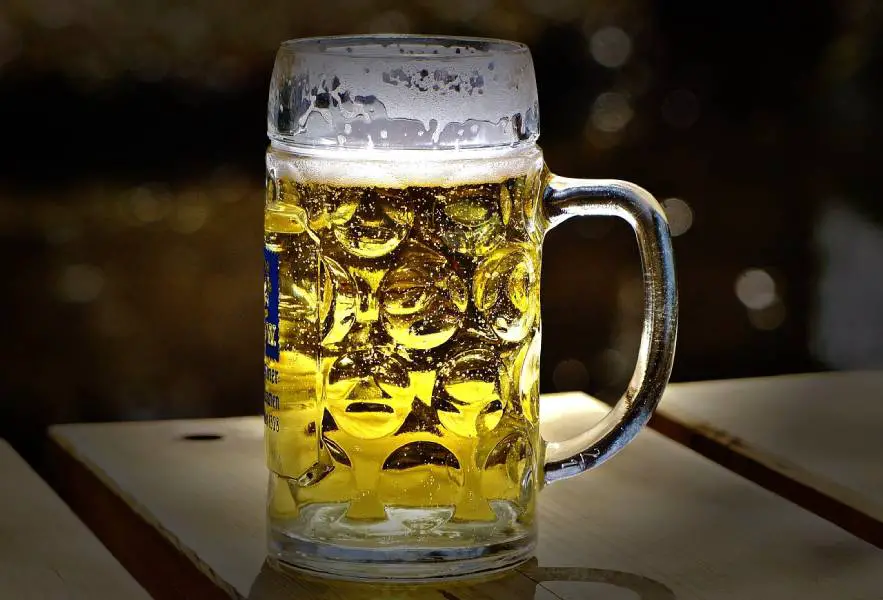
Use a Keg Charger
For those with a keg setup, a keg charger can re-carbonate beer instantly by introducing the CO2. Attach the charger to the keg and pressurize it to the desired level.
This tool is perfect for homebrewers or beer enthusiasts with keg systems. It provides precise control over carbonation levels and works quickly.
Stir with a Fork or Whisk
Manually stirring the beer with a fork or whisk can help introduce air bubbles. This method is simple but effective for mildly flat beer.
While this technique doesn’t provide long-lasting carbonation, it’s a quick fix for immediate consumption. Be gentle to avoid spilling or foaming excessively.
Add a Small Amount of Dry Ice
Dry ice can re-carbonate beer by releasing carbon dioxide as it melts. Add a small piece to the beer and wait for the fizz to return.
This method is visually impressive but should be used with caution. make sure the dry ice fully dissolves before drinking to avoid harm. It’s an entertaining fix for parties or gatherings.
Preventing Flat Beer in the Future
Preventing flat beer starts with proper storage and handling. Below are seven tips to ensure your beer stays fresh and bubbly.
- Store beer upright: This reduces air exposure and maintains carbonation levels. Always keep bottles or cans standing up.
- Seal containers tightly: Proper sealing prevents carbon dioxide from escaping. Check bottle caps or keg connections regularly.
- Refrigerate consistently: Keep beer at a stable temperature to preserve its quality. Sudden changes can impact carbonation.
- Avoid over-pouring: Leave some headspace in the bottle or glass. This helps maintain carbonation while serving.
- Use fresh ingredients: For homebrews, choose high-quality yeast and malt. Fresh ingredients produce better carbonation.
- Clean equipment thoroughly: Residue in kegs or bottles can disrupt carbonation. Sanitize all brewing and serving tools.
- Consume within the right timeframe: Drink beer within its recommended shelf life. Older beer is more likely to go flat.
Diagnosing Flat Beer in Different Scenarios
Understanding why beer goes flat can help address the issue effectively. Below are five scenarios with explanations.
- Bottled beer: Loose caps can lead to air exposure. Check seals for damage.
- Draft beer: Faulty keg connections reduce carbonation. Inspect hoses and pressure settings.
- Homebrew batches: Insufficient priming sugar can make your beer to be flat. Measure ingredients accurately.
- Party leftovers: Open beer left out loses fizz quickly. Seal or refrigerate immediately.
- Stored cans: Dented cans compromise carbonation. Avoid damaged packaging.
Choosing the Right Tools for Carbonation
Selecting the proper equipment ensures consistent results. Below are five tools to consider.
- Soda stream: A versatile device for re-carbonating drinks. It’s a perfect device that fixes a beer that has gone flat.
- Keg charger: Ideal for homebrewers with kegs. Provides precise carbonation.
- Carbonation drops: Easy-to-use tablets for individual servings.
- Soda siphon: Reintroduces fizz to large quantities. Perfect for parties.
- Pressure gauge: Monitors carbonation levels in kegs. Ensures accuracy.
Myths and Misconceptions About Flat Beer
Misunderstandings about beer that has gone flat can lead to improper fixes. Here are five common myths debunked.
- Myth 1: Flat beer is undrinkable. Truth: It can be restored.
- Myth 2: Shaking always fixes a beer that has gone flat. Truth: It’s not a long-term solution.
- Myth 3: All beer loses fizz quickly. Truth: Proper storage preserves carbonation.
- Myth 4: Only old beer goes flat. Truth: Fresh beer can go flat if mishandled.
- Myth 5: Re-carbonation changes flavor. Truth: When done correctly, taste remains intact.
Best Practices for Serving Carbonated Beer
Serving beer correctly enhances the drinking experience. Follow these six tips.
- Chill before serving: Cold beer retains carbonation longer.
- Use clean glasses: Residue can disrupt bubbles.
- Pour at an angle: Reduces foam overflow.
- Avoid over-pouring: Keeps the beer’s head intact.
- Serve promptly: Don’t let beer sit too long.
- Choose proper glasses: Shape impacts carbonation retention.
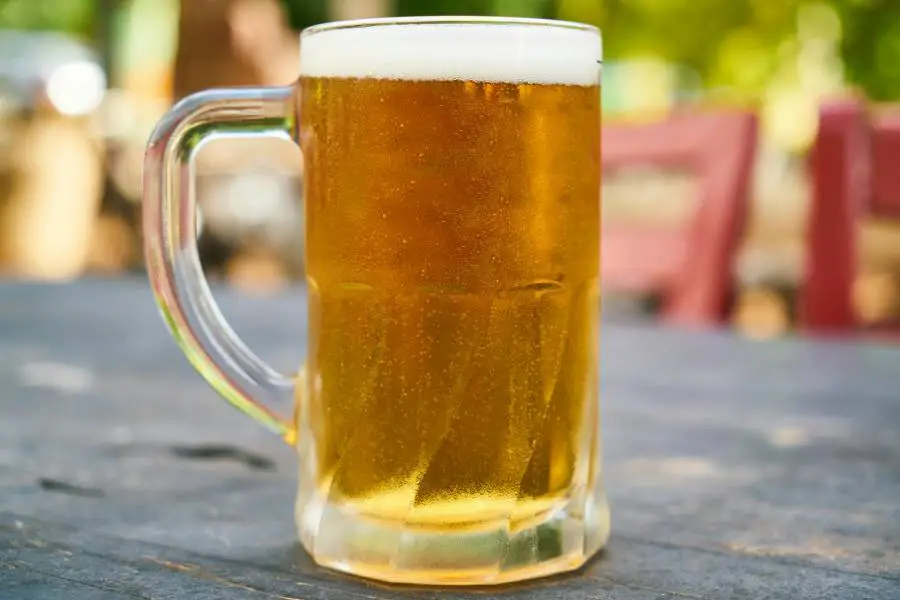
Frequently Asked Questions
Why Does My Beer Go Flat So Quickly?
Beer loses carbonation due to improper storage or exposure to air. Make sure bottles or cans are sealed tightly. You can also refrigerate beer to maintain its freshness.
Can Flat Beer Be Harmful?
Beer that has gone flat is safe to drink but may taste unpleasant. It’s less enjoyable and lacks the intended flavor profile. Try and fix it to restore its quality.
Is It Possible to Prevent Flat Beer Entirely?
While not always avoidable, proper storage and handling significantly reduce the risk. Follow best practices for sealing and refrigeration.
Conclusion
Flat beer doesn’t have to ruin your experience. With these quick fixes, you can restore carbonation and enjoy your drink fully. Prevention is equally important. So, practice good storage habits and you will enjoy your beer to the maximum!
